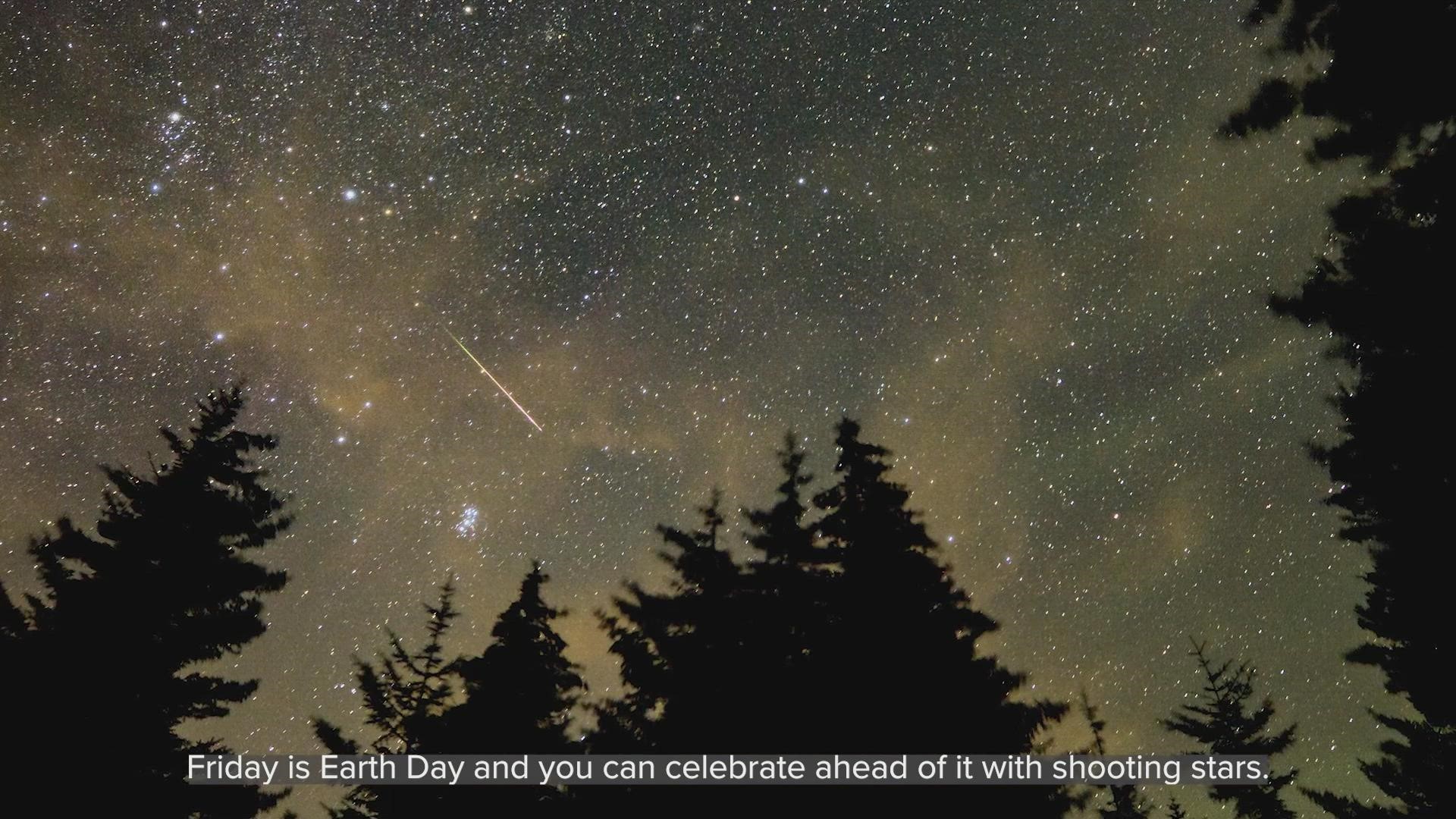Skywatchers have a chance to see four planetary neighbors all lined up to be seen by the naked eye for the rest of April.
Seeing Venus, Mars, Jupiter and Saturn requires a clear sky away from the city lights and getting up before dawn.
"Jupiter will be high enough above the horizon in the hour before sunrise to make it more easily observed," NASA said.
Looking East-Southeast, the planets will be in a nearly straight line with Jupiter on the left and Venus to its right, followed by Mars and Saturn.
It's being made possible by all of the planets orbits just happening to line up the right way, which is rare given how long it takes the gas and ice giants to orbit the sun.
- Venus: 225 Earth days
- Mars: 687 Earth days
- Jupiter: 12 Earth years
- Saturn: 29 Earth years
Neptune will also be nestled in there, just to the right of Jupiter. But it will be too small to see with the naked eye. Dwarf planet Pluto will be to the south, to the right of Saturn. But like Neptune, it won't be visible.
This updated graphic from planetstoday.com shows where the rest of the planets are in relation to the Earth and the Sun. It shows the orbits as if the looking down on the solar system from above.
NASA also said that Venus and Jupiter, the two brightest planets, will have a conjunction on April 30. Although they will be 416 million miles apart, they will appear from Earth to be right next to each other -- similar to the great conjunction of Jupiter and Saturn in 2020.

